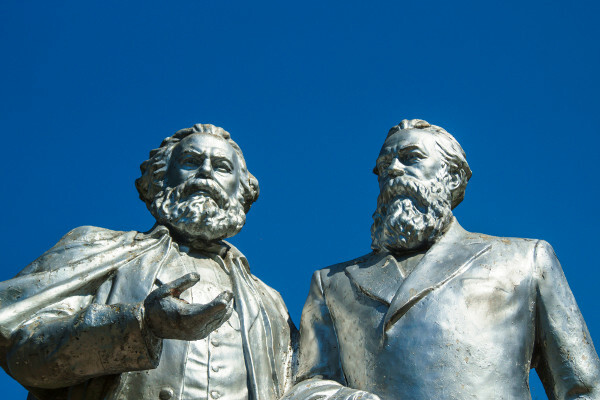During the Cultural, artistic and scientific renaissance which occurred in Italy, in the 14th century, the Humanism gained prominence among the renaissance thinkers, mainly because it is characterized as an intellectual movement that turned its interests to the philosophical, literary and scientific works of the Classical Antiquity (Greece and Rome).
The interest in Classical Antiquity did not reveal a desire to return to the past (nostalgic will). Medieval men were aware that they lived and had other social and cultural values, that is, they were men different from those of Classical Antiquity. THErevaluation ofscience, art and classical philosophy it was necessary to adapt them to the new historical context.
The return to the works of classical thinkers began with the Scholastic Philosophy. The main representative of this philosophical current was Saint Thomas Aquinas (1225-1274), philosopher and theologian of the Catholic Church. St. Thomas believed that reason, the human intellect, was not to be feared – he considered reason as another path to God. Scholastics adapted the teachings of the Greek philosopher
Aristotle the religion. The philosopher's ideas were used to clarify and explain the teachings of religion through logical concepts and principles.Humanist thinkers and intellectuals are often confused with anti-religious, but we cannot perpetuate this misinterpretation, as humanists wanted to maintain a relationship with God and the world Natural. Human investigation would be privileged, man would rationalize through his thoughts the investigation of various natural, social, cultural and mythical phenomena.
Through Humanism, man came to be seen as the image and likeness of his creator God, becoming the measure of all things. Humanists broke with Theocentrism (the idea that God was the center of the entire universe and of all human life) and the idea of Anthropocentrism (man at the center of the universe and life human).
Humanism led to reforms in the teachings of European universities and there was an appreciation of humanities (human sciences, today), which favored the teaching and study of Poetry, Philosophy and History. The humanists intended to introduce critical methods in the reading and interpretation of works and wanted reconstruct the original texts to correct errors, omissions and modifications made by copyist monks Medieval times.
An important fact that happened in the 15th century was the creation of the press, or press, by Johann Gutemberg. The invention revolutionized the production of books, which no longer needed to be handwritten by copyists, a process that took a long time. With the creation of Gutemberg – metallic movable types (press) –, the book production process decreased, being printed, in a few years, thousands of works, which facilitated the contact of readers with humanist ideas and authors, that is, the invention provided greater dissemination of the knowledge.
Humanism, as seen, was the theoretical and philosophical basis of the Renaissance movement, influencing the artistic, cultural and scientific Renaissance.
Leandro Carvalho
Master in History
Source: Brazil School - https://brasilescola.uol.com.br/historiag/humanismo-renascentista.htm

